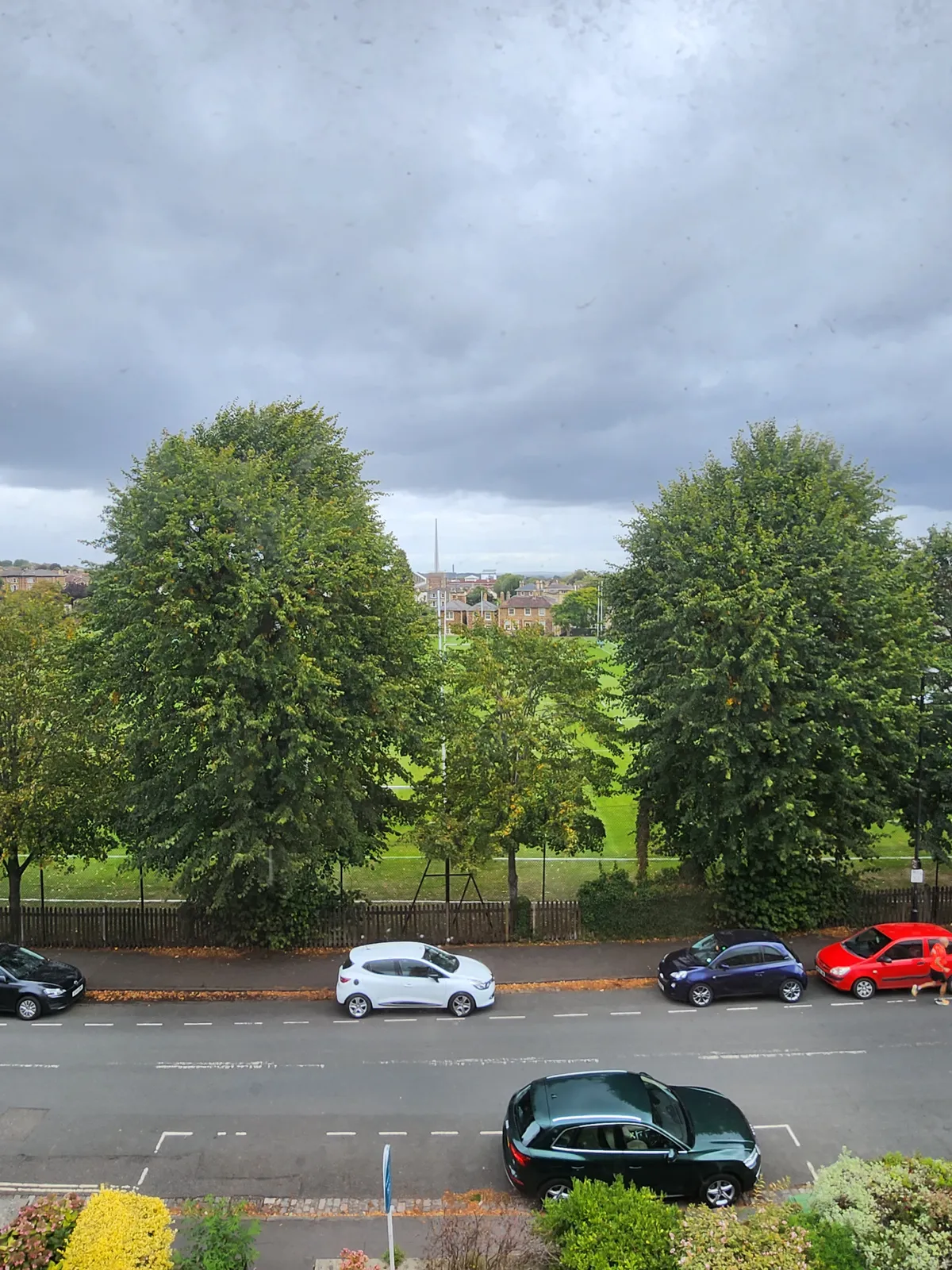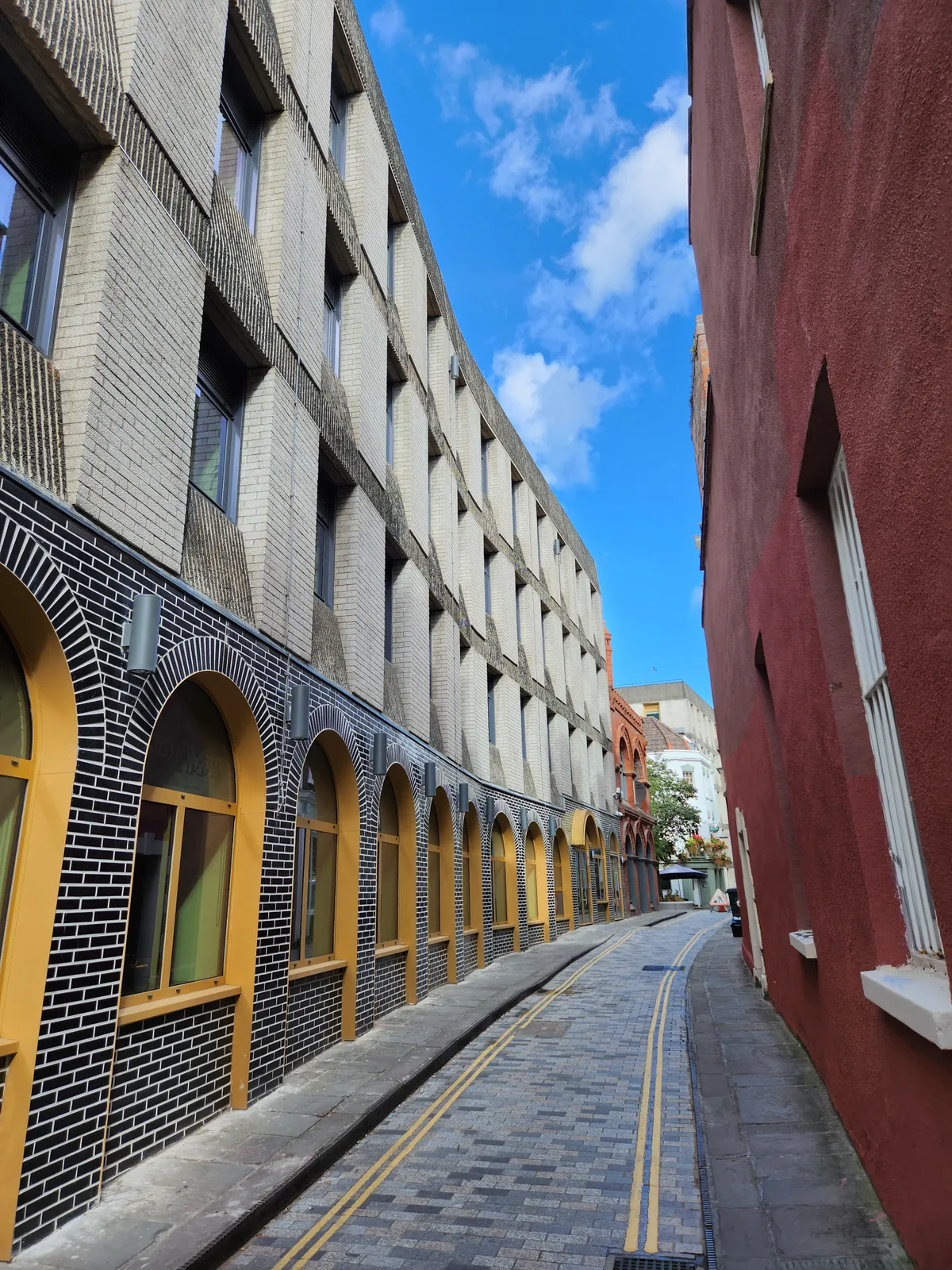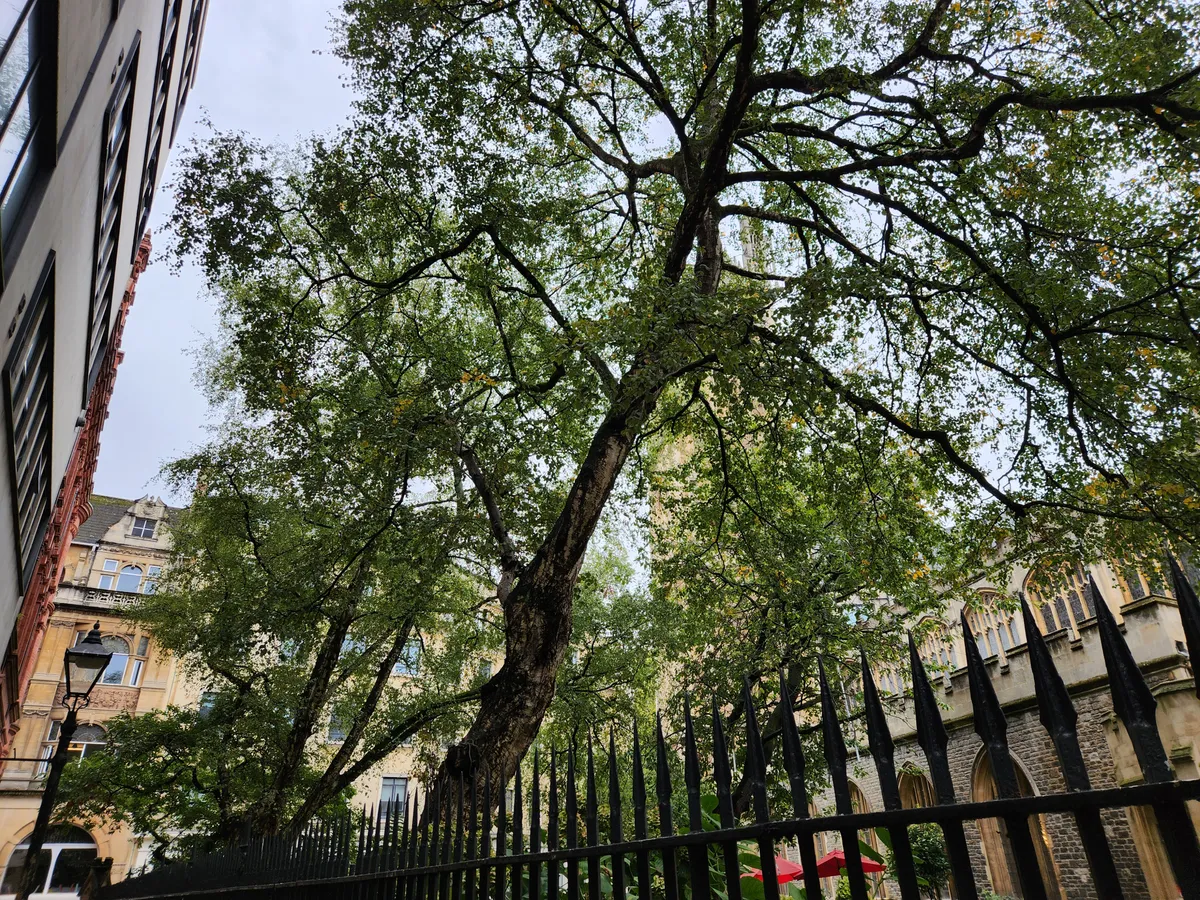SQUIRREL_13099360
2019 was a weird time for smartphones. In a haze of nostalgia for flip phones and a desire for innovation, Android brands entered a brief stage of competition to create smartphones with screens that could fold, bend, or in some way extend.
While most of these brands quickly gave up on this new technology, Samsung refuses to move on, now officially making it to the fourth edition of its folding tech with the Samsung Galaxy Z Fold 4.
But Samsung has come a long way since the folding tech of 2019. The new Samsung Galaxy Z Fold 4 is tougher, more premium, and overall, a more viable daily smartphone. But with a price tag that could score you a handful of premium handsets, is this latest folding technology worth your money? I spent some time using the device to see.
A screen that folds
It’s in the name, and quite frankly, it’s the big selling point here: the phone folds. This, by now, is nothing new or particularly exciting in the world of smartphones, but what the Z Fold 4 does is take this technology and make the most refined version yet.
The folding mechanism feels strong and built to last. In fact, Samsung promises the device will survive a minimum of 200,000 folds. While it is very much a two-handed activity to open the phone, it is easy to do and closes again with a satisfying click thanks to inbuilt magnets.

There are two ways to use the device. When it is closed, you are presented with a thin display, similar to a regular smartphone. Open the device and it becomes a mini-tablet with a 7.6-inch display (roughly the size of two phones smushed together).
In its tablet format, you can stream in full size on apps like Netflix, play games, browse the internet in a larger format, or pretty much perform any task designed for a tablet.
Noticeably, plenty of apps have been optimised for this. On TikTok and YouTube, you can watch videos with the comment section on the side, scroll through your gallery while taking pictures with the camera, and see an individual’s contact information while scrolling through recent calls.
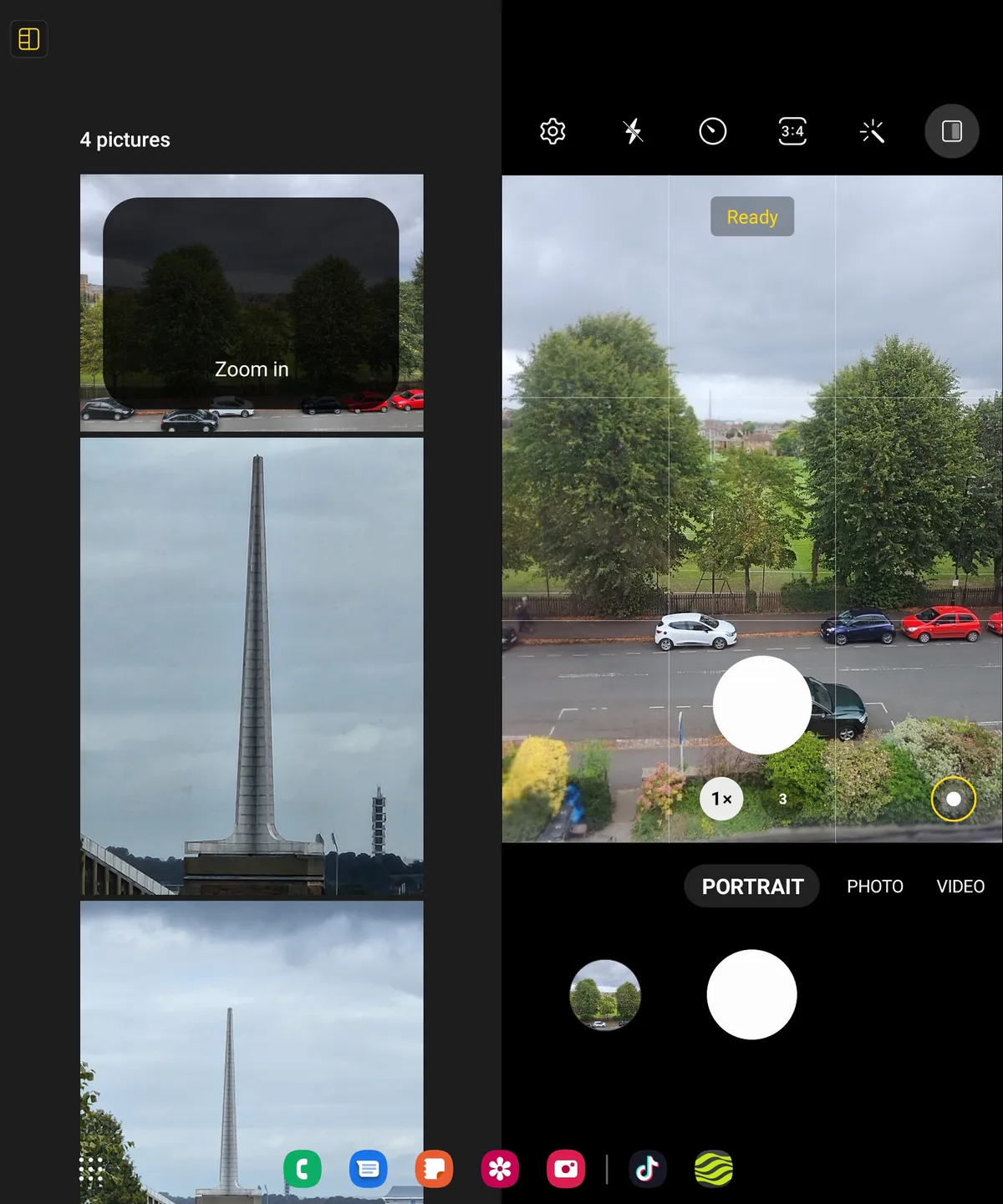
However, despite the entire unique selling point of the device being its folding capacity, I found myself mostly using it in the standard smartphone format. For replying to messages, checking the time, taking photos or even a quick scroll on Twitter, enabling the full tablet screen felt unnecessary.
State of the art specs
Both displays on this device look great. Starting with the inside main screen, it is a 7.6-inch Dynamic AMOLED display, sporting a 2176 x 1812 resolution. All that means is you're getting superior image quality and colour representation, making your photos, streaming and general phone content look great.
Close the phone up and the cover screen is of a similar quality. It is a 6.2-inch Dynamic AMOLED screen, with a similar resolution to the inside display. Both displays can reach a level of brightness that made the screen clear, even in bright sunny weather.
Like most smartphones in this price range, the phone is capable of a screen refresh rate of 120Hz. This affects how fast the screen’s pixels refresh. That means your movements around the phone like scrolling, swiping and new apps opening will look smoother.
Move your sights inside the smartphone, and the same premium touches can be found there. The device features a Snapdragon 8 Plus Gen 1 processor, supported by 12GB of RAM.
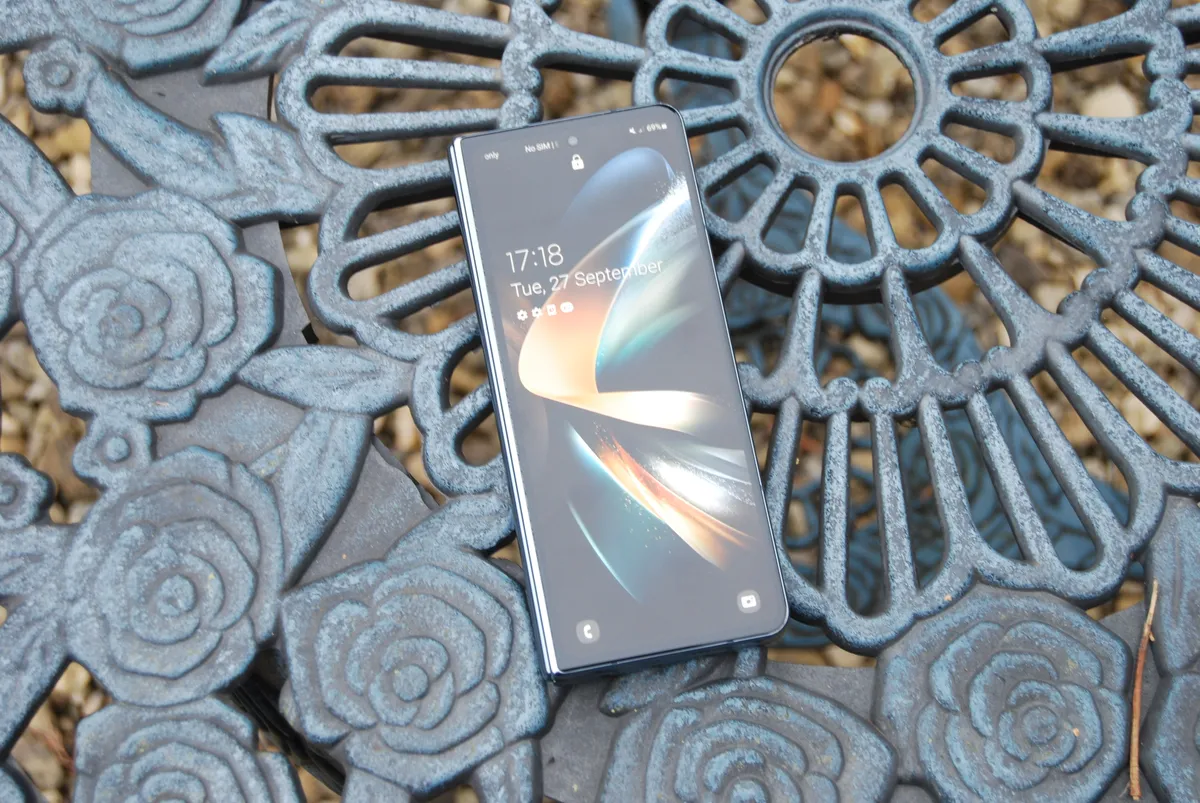
That simply means that it is packed with plenty of power, capable of dealing with intensive games, and tasks that require a lot of processing ability like rendering large video files.
One slightly less impressive feature on this smartphone is the battery. With a capacity of 4400mAh, it is by no means small, but it can often struggle to get you past the one day line, requiring a nightly charge.
Somewhat unsurprisingly, there is no expandable storage with the Fold. However, with storage sizes starting at 256GB, you’ll have to be a bit of a digital hoarder to require any additional storage.
Camera quality
Like everything else in this phone, the camera set-up is somewhat unique. There are five cameras: three on the back of the phone, plus two selfie cameras – one when the phone is closed and one in its fully opened form.
As you would expect with a £1649 smartphone, the camera quality is excellent, rivalling other leading devices from Samsung, Apple and other big competitors.
Both the selfie cameras work as you would expect. There's one on the cover screen, and a second one in the main screen, hidden under an array of pixels to make it blend in with the screen. The camera on the cover screen performed much better, but both work well for calls and a quick photo to send people.
As for the main cameras on the back, these are usable in both the cover and unfolded screens. There's a wide, ultrawide and telephoto lens. You can zoom up to 30x via the telephoto lens, or 3x through optical.
Across all of the main cameras, shots looked great, especially in light conditions. Night shots were also good, but could be overwhelmed by bright lights in the scene.
Like all of Samsung's products, there is a tendency to over-edit photos, which can make it look like filters have been applied. However, this is never anything extreme and is often for the benefit of the image.
Verdict
The Samsung Galaxy Z Fold 4 is not for everyone, in fact, it really is targeted at a very niche group. It is expensive, flashy, and on occasions, impractical. But for anyone interested in the latest and most impressive phone innovation, it is hard to do much better than this.
Yes, it is expensive, but it is clear to see where that money is going. Not only is the body, frame and displays made to the same high standard as Samsung’s other flagship smartphones, but… well, the screen folds in half, you can’t expect that for cheap.
If you want Samsung’s highest specs, a powerful smartphone and a showstopper camera, the Samsung Galaxy S22 Ultra could well suit your needs better. But for something a little more interesting, the Fold has certainly won us over.
SQUIRREL_13099360
Alternatives
Samsung Galaxy Z Flip 4
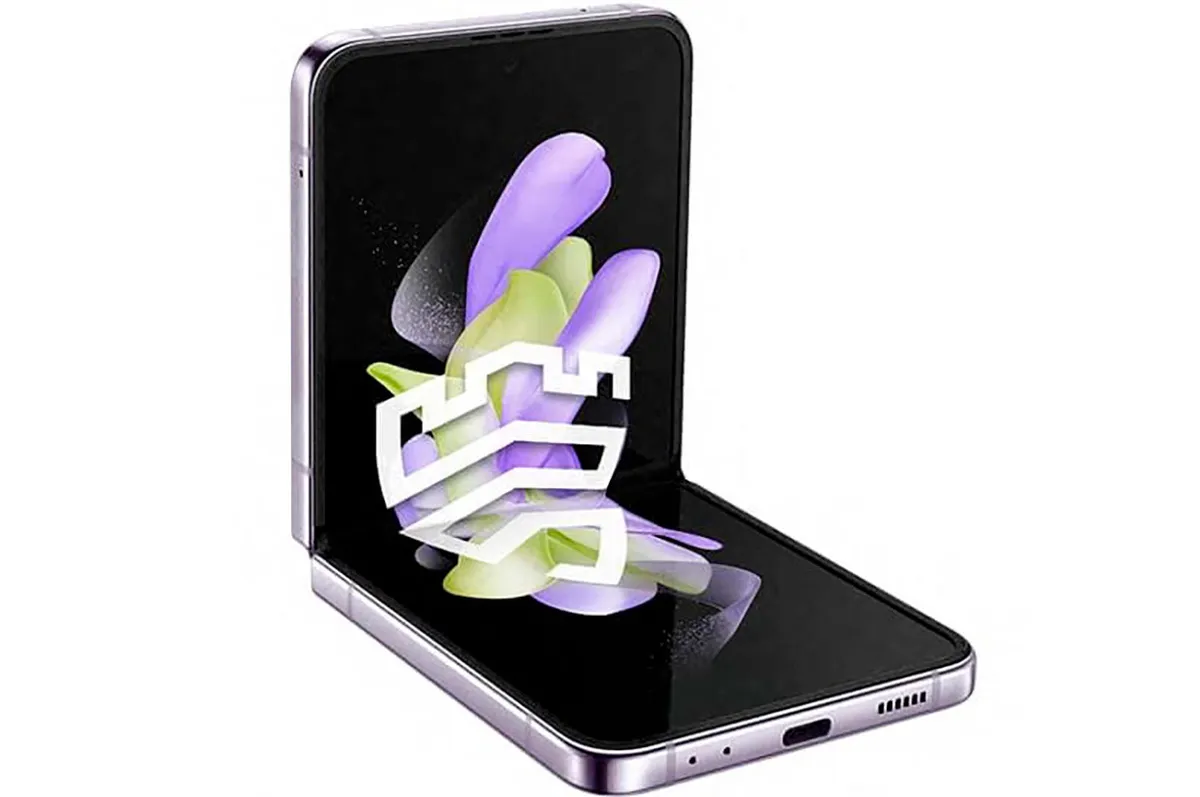
The closest alternative to Samsung's Fold device, the Z Flip 4 cuts down costs and size. Instead of folding out into a tablet, this device goes from being a full-size smartphone to a clam shape. This allows the phone to fit into small pockets or spaces, and can be bent in half to take photos or watch videos.
SQUIRREL_TEXT_13099364
Samsung Galaxy S22 Ultra
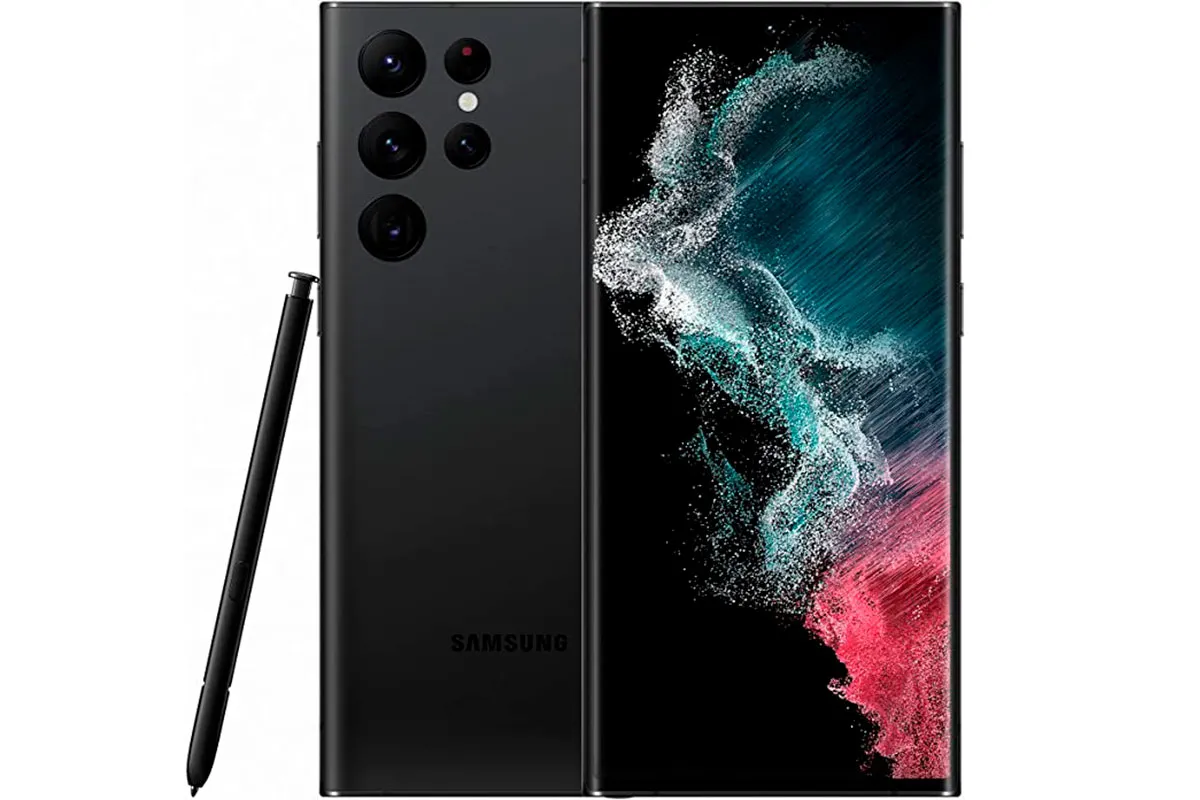
If you love the specs that the Samsung Galaxy Z Fold 4 offers, but wish they came at a slightly lower price, the Samsung Galaxy S22 Ultra could be for you. It doesn't have the same folding function, but it offers a more impressive camera set-up, and matches the Fold in just about every other area.
Not to mention, it is more affordable and can often be found on sale.
SQUIRREL_TEXT_13099366
iPhone 14 Pro Max
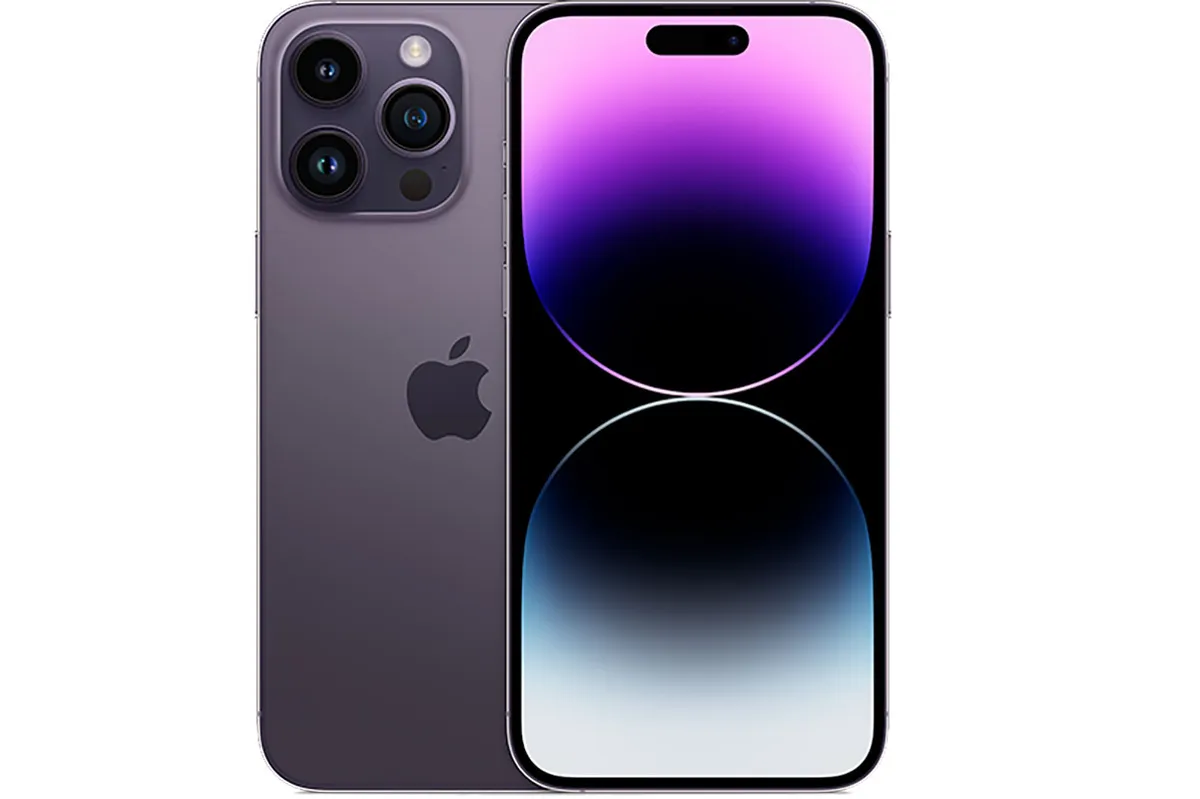
The iPhone 14 Pro Max is another device that, while it doesn't have the folding capacity, is a great alternative in terms of specs and features.
Apple's latest flagship smartphone, the iPhone 14 Pro Max features one of the best phone processors available right now, a fantastic camera array, a stylish design and a great battery life. However, try and fold it in half and you'll be left with a very expensive repair bill.
SQUIRREL_TEXT_13098553
Read more:
